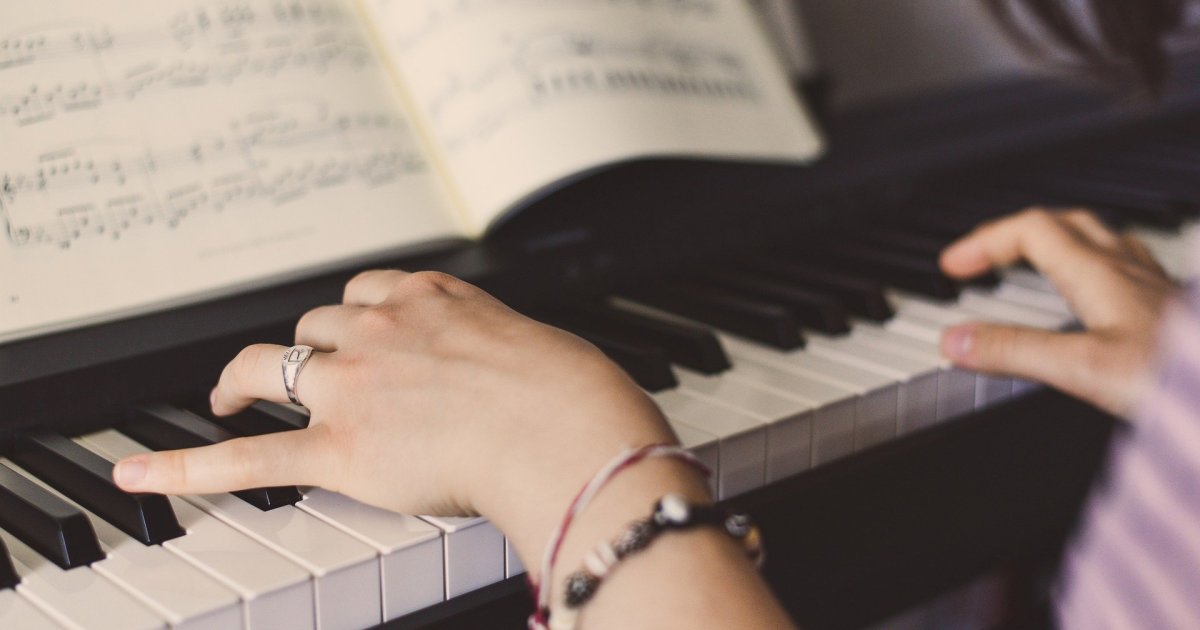We still have a way to go before the name of a woman on the concert program becomes the norm, as recent research shows that only 8.2% of orchestral concerts worldwide contain female compositions.
But have you ever wondered for a moment who are the authors of the most famous piece of music that films circulate and sang in our spare moments?
It was surprising to learn that the most spontaneous, soft and sad melodies over the past two centuries were for women, this light-shaded music that sticks to our ears since childhood, and its owners faced difficult challenges only in order to play and compose, and these challenges are still an obstacle in order to revive their memory.
The only female opera for 100 years
Born in 1868, Ethel Smith filled Britain in the interwar years.
Ethel's "The Wreckers" was one of the most important English compositions. She also composed the opera Der Wald, which was shown in the Metropolitan New York, and was the only opera to be performed by a woman for a century until 2016.
Smith provided sweet and breathtaking melodies, songs with anxiety as much as they were delicate, and - in addition to being a prolific composer - she was known as a defender of women's suffrage, a writer, and a friend of some of the most famous figures in the early twentieth century, such as the writer Virginia Woolf.
Smith struggled with her stereotype of the "composer woman," and she defied stereotypes by writing masculine music and dressing as men. The composer Ilich Tchaikovsky described her as an eccentric character to take her dogs with her wherever she went, but that was one of her oddities. After Smith abandoned music and joined in The Social and Political Union of Women in 1910, and her song "The March of the Women" became an anthem for the women's suffrage movement. She was arrested and imprisoned with her colleagues in Holloway Prison, standing between them holding her toothbrush, to lead them in performing their anthem.
The first composer accepted by society
French composer Jermaine Televery, born in 1892, was the only woman in the "six" group that brought together the best French composers of the early twentieth century, whose music was a strong reaction against the German romantic school of Richard Wagner and Richard Strauss.
The selection of Germaine in the group helped her to be socially accepted, and she collaborated with them in a number of concerts, and participated in a musical entitled "Les Mariés de la tour Eiffel", which was performed for the first time in 1921.
Germaine wrote many of her most important works during the 1920s, and her works flourished after her separation from her husband, creating the Zoulaïna opera and Le Marin de Bolivar, and her wonderful work "La cantate de Narcisse" in cooperation with the poet and philosopher Paul Valerie, Her music was characterized by an "indifferent" free style with a constant hint of sadness.
The echoes of Germain's music reached the cinema, and French director Maurice Cluch chose it for a number of his films and a series of documentaries, and these films were a documentation of her journey, as Germaine lost most of her work at the outbreak of World War II and was forced to emigrate.
A player in the bunkers of the world war
Born in 1909, Grazina Peseviش is the second Polish composer to be recognized nationally and internationally, after Maria Zemanowska whose stardom rose in the early nineteenth century.
Grazina began her career as a solo violinist, until she became the lead violinist in the Polish Radio Orchestra, which gave her an opportunity to spread her melodies early in her career.
The Second World War did not oppose the way of Grazina, who lived in Warsaw, so she continued composing and held secret concerts in underground bunkers, which made her compositions remain distinguished by the control of the violin, so she presented 7 compositions with only violin, 5 sonnets with violin and piano, and a quartet with 4 violins, and her orchestral works included 4 numbered symphonies, the rest of their works were lost during the war.
The first female professor of the Conservatoire
Louise Farnes was born in 1804 into an artistic family in Paris.
She studied playing the piano from a young age, and joined the Conservatoire Institute, and it was the first time that the institute opened its doors to a girl, until she became a professor in it after her graduation, to be the only woman appointed to the position of professor at the institute in the nineteenth century, and for 30 years she was one of the greatest Piano Professors of Europe.
Louise composed music since her childhood, and became famous early, but she fought hard to be equal to male composers, and she protested to the authorities about her low wages at the institute, in an attempt to achieve equality for nearly a decade.
Louise let her music speak for herself, and never gave up on codifying her tunes that had the greatest impact in French cinema after that, and was satisfied with the great appreciation of her music among Parisian critics, but throughout history Louise's name has been forgotten among her male counterparts, and her works are spread to this day mistakenly. They are the works of Beethoven or Chopin, although distinguished by the stylized notes of violins and oriental psalms.

